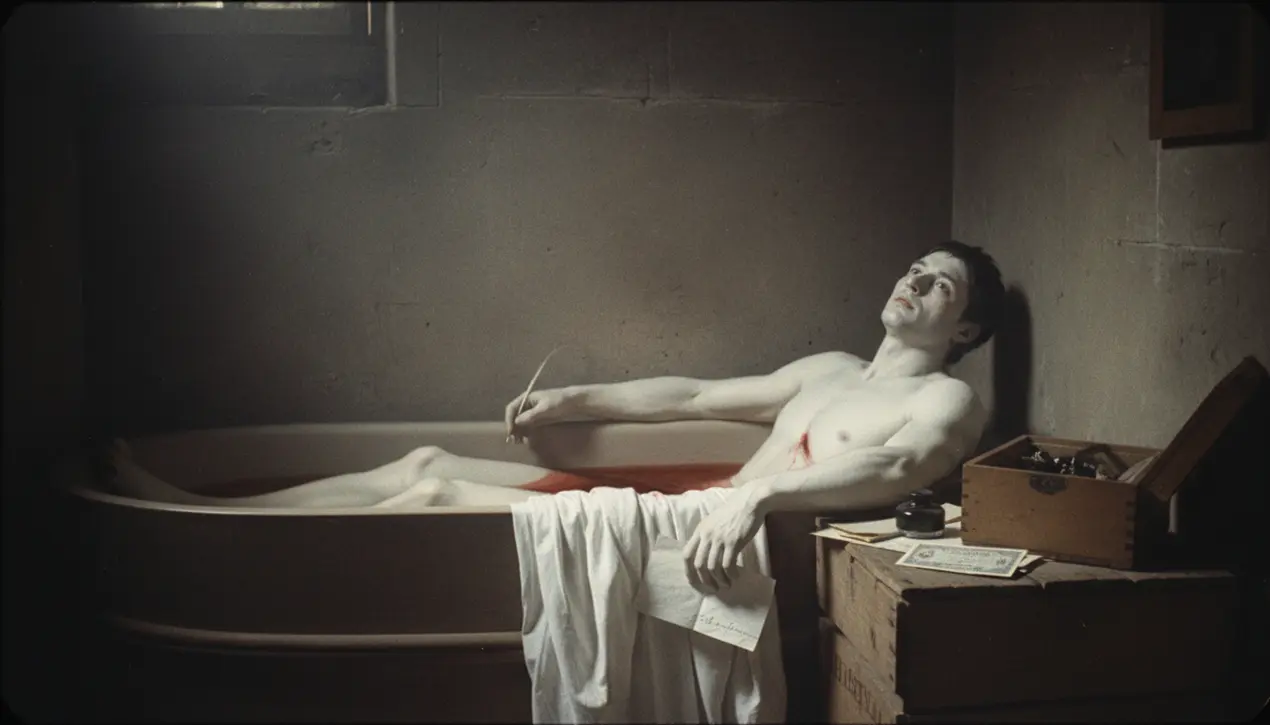
Entertainmenttheatre & artsArt Exhibitions
The Political Power of a Brushstroke: Jacques-Louis David's Calculated Art
AM
Amanda Lewis
1 hour ago7 min read
Jacques-Louis David wielded his brush with the precision and impact of a revolutionary tribunal, a fact masterfully demonstrated in his 1793 work, 'The Death of Marat. ' More than a canvas, this piece is a deliberate act of political myth-making, engineered to canonize a fallen radical.David takes the sordid reality of Jean-Paul Marat's murder—stabbed in his bath by Charlotte Corday—and reframes it as a scene of sacred martyrdom. The visual language is unerringly potent, borrowing from Christian iconography of the Lamentation or Pietà.Marat's body is depicted with a sculptural grace, his arm dangling limply and his head resting in serene suffering. The painting suppresses the man's notorious fervor, presenting him instead as a secular saint, his pallid skin illuminated against an abstract, somber void.The violence is sanitized; the bloody wound is a small, clean mark, while the kitchen knife lies discarded as proof of treachery. In his grasp, he holds a fabricated narrative—a petition for a patriotic widow, a final, virtuous task invented by David to complete the martyr's story.As a dedicated Jacobin and a pioneer of Neoclassicism, David turned his art into an ideological weapon. He rejected the ornate drama of the Baroque, championing a stark, linear purity that echoed the Revolution's stated values of reason and civic duty.His aesthetic was his allegiance. His pre-revolutionary works, such as 'The Oath of the Horatii,' already pulsed with a tension that foreshadowed the coming upheaval, exalting collective sacrifice over individual feeling.Following the Thermidorian Reaction, David adeptly shifted his loyalty to Napoleon, producing monumental works like 'The Coronation of Napoleon' that traded republican austerity for imperial spectacle, all while maintaining his signature controlled and authoritative composition. David's legacy is a masterclass in how artistic form—the crisp lines, the dramatic chiaroscuro, the frozen, theatrical moments—is inherently political.These are not mere aesthetic choices but instruments of persuasion, tools to forge public perception and consecrate authority. In the stark, silent power of 'The Death of Marat,' David did not merely depict an assassination; he engineered an icon, cementing the idea that in the hands of a master, style is substance—it is rhetoric, doctrine, and influence, made manifest in pigment and cloth.
#Jacques-Louis David
#French Revolution
#Neoclassical Art
#Political Art
#The Death of Marat
#Art History
#featured
Stay Informed. Act Smarter.
Get weekly highlights, major headlines, and expert insights — then put your knowledge to work in our live prediction markets.
Comments
Loading comments...
© 2025 Outpoll Service LTD. All rights reserved.